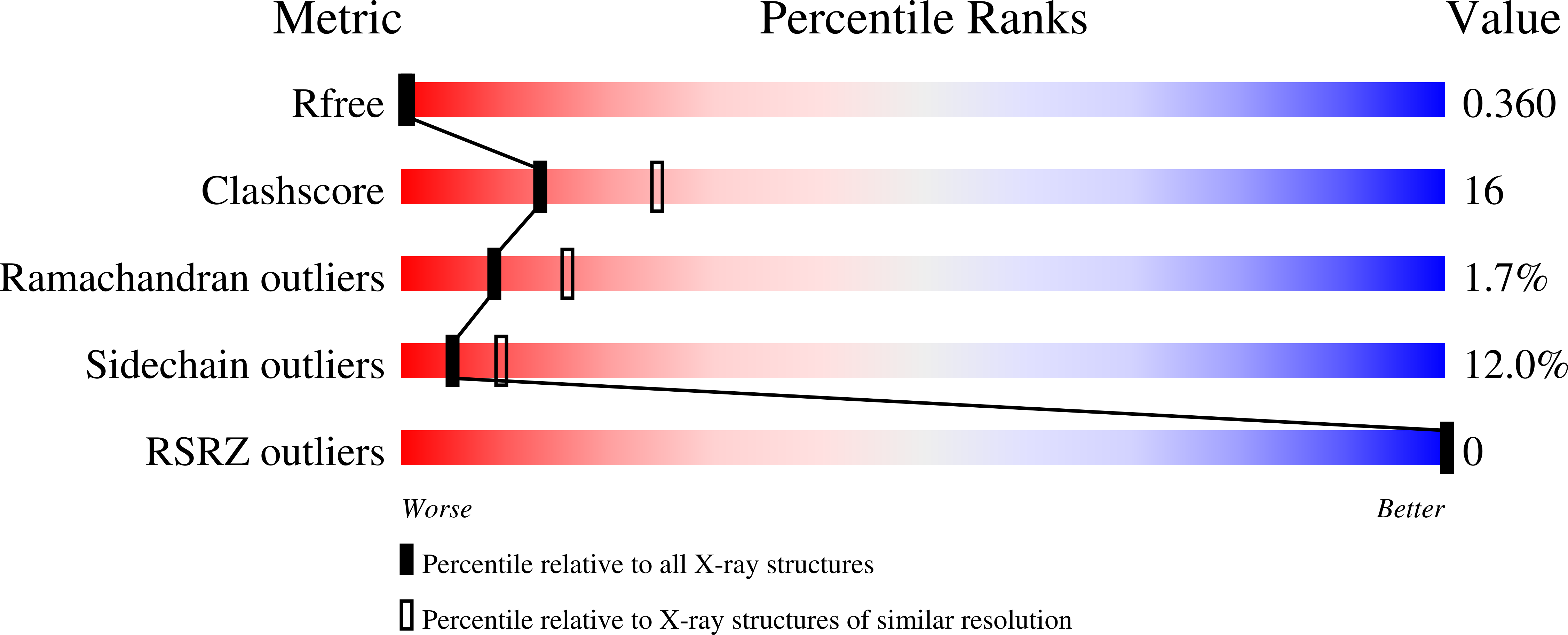
Deposition Date
2023-08-02
Release Date
2024-07-31
Last Version Date
2024-08-07
Entry Detail
PDB ID:
8Q2G
Keywords:
Title:
X-ray structure of LysECD7 endolysin against Gram-negative bacteria
Biological Source:
Source Organism:
Escherichia phage ECD7 (Taxon ID: 1981499)
Host Organism:
Method Details:
Experimental Method:
Resolution:
2.49 Å
R-Value Free:
0.35
R-Value Work:
0.26
Space Group:
C 2 2 2


